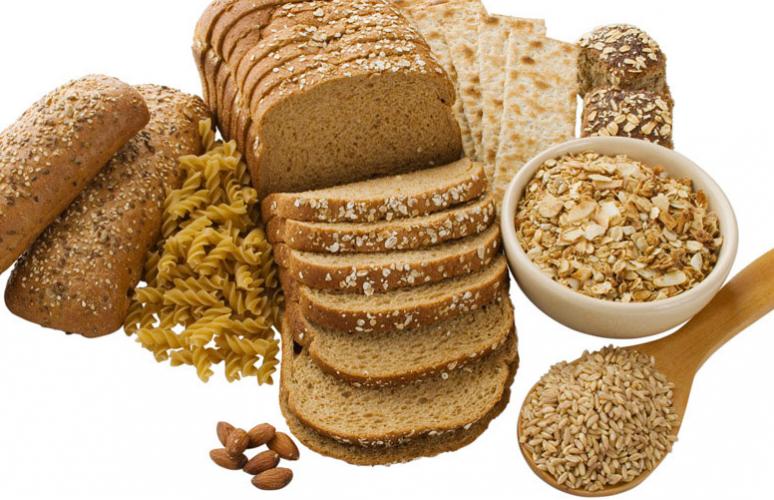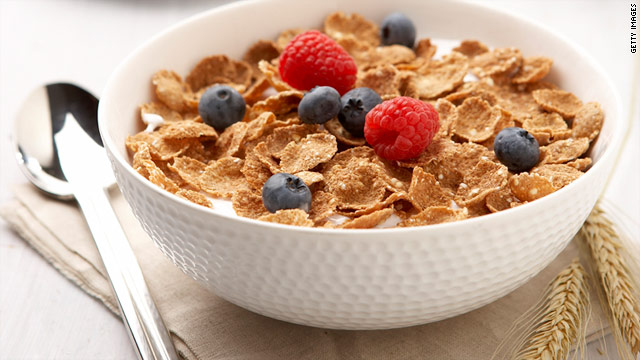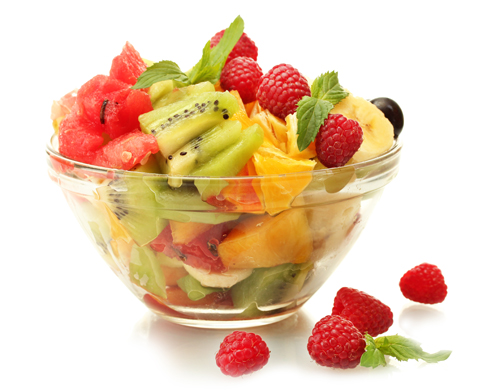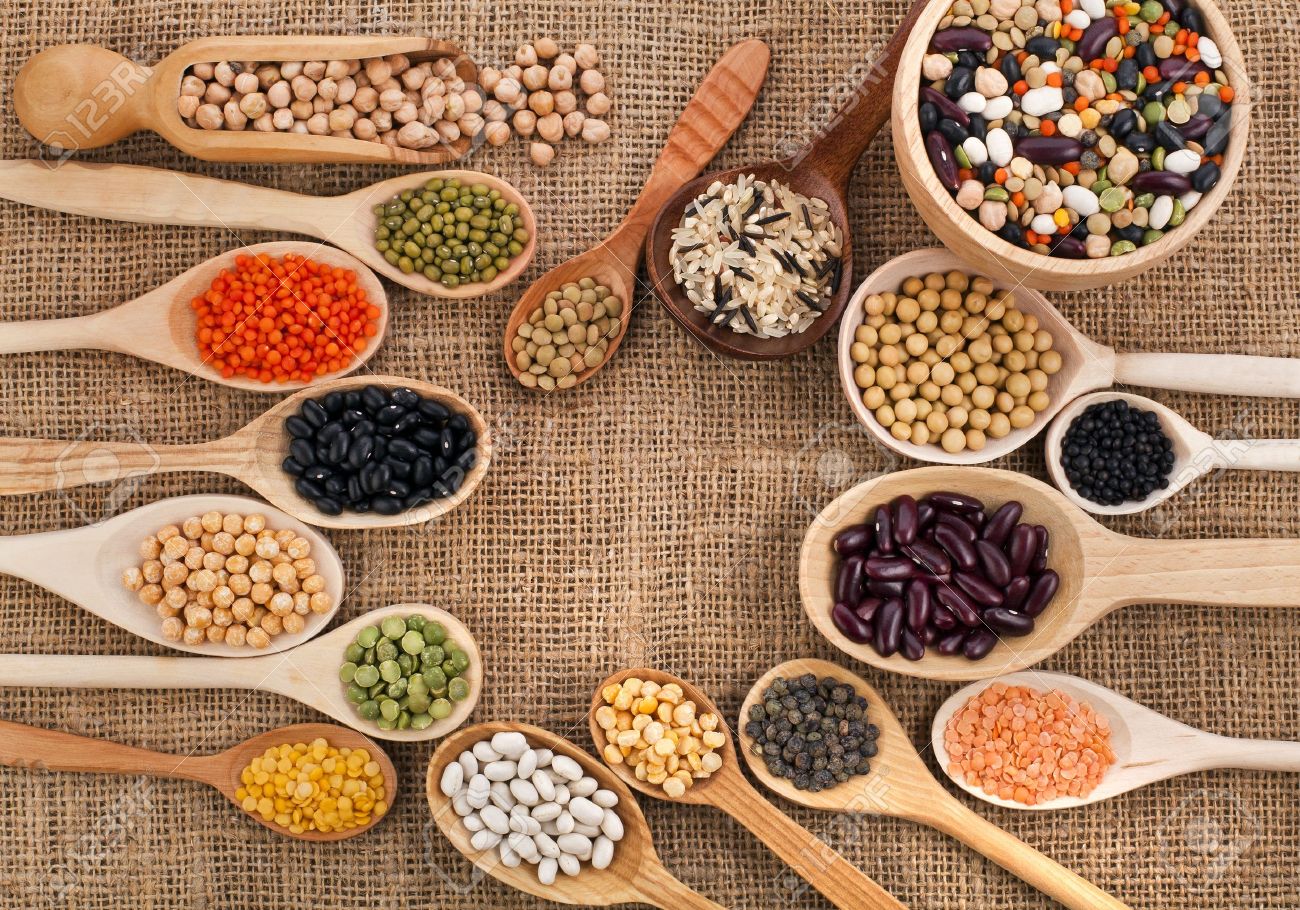Healthy diet is essential for healthy growth, development, and prosperity of children. You may know the importance of managing calories, sugar, and fat, but an essential element of a healthy diet is often overlooked, that of fiber. Fiber consumptions benefit us in many ways including helping maintain a healthy weight. This article will offer advice about how much fiber one’s child should consume, and explain the numerous benefits of fiber.
High Fiber Foods for Kids
There are two different types of fiber: soluble fiber, dissolves in water; and insoluble fiber, which does not dissolve in water. Soluble fiber includes most fruits, vegetables, oats, barley, and beans; insoluble fiber includes wheat bran, whole-wheat flour, and some vegetables. Some child-friendly high-fiber foods include:
1. Whole Grain/Whole Wheat Bread, Tortillas, Pasta, and Crackers
 When buying things like bread, it is better to opt for high-fiber whole grain bread instead of processed white bread (the fiber content has been stripped). The same hold true for tortillas, pastas, and crackers. Replacing white pasta with whole grain brown pasta is a great way to ensure that your child consumed good amounts of fiber. If they are not willing to consume brown pasta, try mixing it with white pasta, and gradually increasing the amount included.
When buying things like bread, it is better to opt for high-fiber whole grain bread instead of processed white bread (the fiber content has been stripped). The same hold true for tortillas, pastas, and crackers. Replacing white pasta with whole grain brown pasta is a great way to ensure that your child consumed good amounts of fiber. If they are not willing to consume brown pasta, try mixing it with white pasta, and gradually increasing the amount included.
2. Cereal
 Many cereals aimed at children are packed full of unhealthy refined sugars, which should be avoided as they do not make for a healthy breakfast whatsoever. One should instead opt for high-fiber cereals, such as bran, whole wheat, or oats. The cereal should contain at least 5 grams of fiber per serving.
Many cereals aimed at children are packed full of unhealthy refined sugars, which should be avoided as they do not make for a healthy breakfast whatsoever. One should instead opt for high-fiber cereals, such as bran, whole wheat, or oats. The cereal should contain at least 5 grams of fiber per serving.
3. Fresh Fruit
 Whilst many children like to peel the skin off of fruit before consumption, most of the fiber content in fruit resides in the skin. Fresh fruit can be excellent high fiber foods for kids when consumed with the skin. For this reason, you should try to ensure that your children consume the skin along with the pulp of the fruit. Cutting the fruit into small pieces may be helpful in achieving this.
Whilst many children like to peel the skin off of fruit before consumption, most of the fiber content in fruit resides in the skin. Fresh fruit can be excellent high fiber foods for kids when consumed with the skin. For this reason, you should try to ensure that your children consume the skin along with the pulp of the fruit. Cutting the fruit into small pieces may be helpful in achieving this.
4. Beans and Legumes
 Beans are not only loaded with fiber but they are also a great source of protein and iron. No matter what the kind is—black beans, lentils or edamame, you can incorporate beans into your child’s diet liberally. Plus, they are very affordable and an excellent protein-rich alternative to organic meat.
Beans are not only loaded with fiber but they are also a great source of protein and iron. No matter what the kind is—black beans, lentils or edamame, you can incorporate beans into your child’s diet liberally. Plus, they are very affordable and an excellent protein-rich alternative to organic meat.
For the specific fiber content in each food, click here to check.
How Much Fiber Should a Child Have Per Day?
It is recommended by leading health establishments that kids and adults should try to consume around 14 grams of fiber for every 1000 calories consumed. Generally speaking, it means that:
- Toddlers ages 1-3 years old should eat around 19 grams of fiber per day.
- Children aged 4-8 should consume around 25 grams of fiber per day.
- Girls aged 9-18 should consume around 26 grams of fiber each day.
- Boys aged 9-13 should consume 31 grams and those aged 14-18 should consume around 38 grams of fiber each day.
How to Arrange High Fiber Meals for Your Kids?
Below are some great high fiber foods for kids for every meal of the day.
Breakfast
- Whole grain oatmeal.
- Whole grain cereal topped with fresh fruit, you can even mix their favorite cereal with whole grain cereal.
- Pancakes made with whole grain/buckwheat, and served with fresh fruit such as apples, raisins, and berries.
- Whole grain/bran waffles served with fresh fruit.
- Whole wheat English muffins or bagels.
Lunch
- Sandwiches with whole grain bread, a fiber-rich sandwich made with whole grain bread, peanut butter, and banana.
- Add almonds, chickpeas, berries, beans, or artichoke hearts to salads.
- Add whole grain barley or lentils to soup.
- Include fresh fruit and vegetables.
Dinner
- Server whole grain rolls with dinner.
- Use brown rice instead of white, you can also add beans to rice dishes (kidney, pinto, navy, or black) for extra fiber.
- Use whole grain pasta.
- Use whole grain tortillas and taco shells.
- Create a mini pizza by adding pizza sauce, low-fat cheese, vegetables and grilled chicken breast on top of whole grain bagels or English muffins.
- Add bran to burgers/meatloaf.
- Dish up tasty sweet potatoes with the skin.
- Serve low-fat hot dogs or veggie dogs in whole wheat buns, topped with sauerkraut.
Make gradual changes that will add up to your kids’ high-fiber diet over time, and keep offering various foods that are good sources of fiber, protein and other nutrients your kids need. Thus, you will set the tone for a lifetime of healthy eating.
Why Is Fiber Good for Your Kids’ Health?
There are four notable benefits from consuming high fiber foods for kids:
1. Fiber Slows Sugar Absorption in Blood Stream.
Sugar levels can be controlled when high fiber foods are consumed, thus preventing one’s glucose levels from spiking. This is a good thing because spiked glucose levels will likely rapidly decline, which may cause one to feel hungry shortly after eating.
2. Fiber Speeds Up Intestinal Movements.
Eating foods rich in insoluble fiber will ensure that the food moves quickly through your intestines, which helps signal that you are full.
3. Fiber Helps to Clean One’s Colon.
Fiber almost acts as a scrub brush in the colon, working to clean out intestinal build-ups and bacteria, reducing the risk of developing illnesses such as colon cancer.
4. Fiber Ensures Regular Bowel Movements.
Eating ample amounts of fiber helps with digestion and ensures regular, soft bowel movements and prevent instances of constipation.
